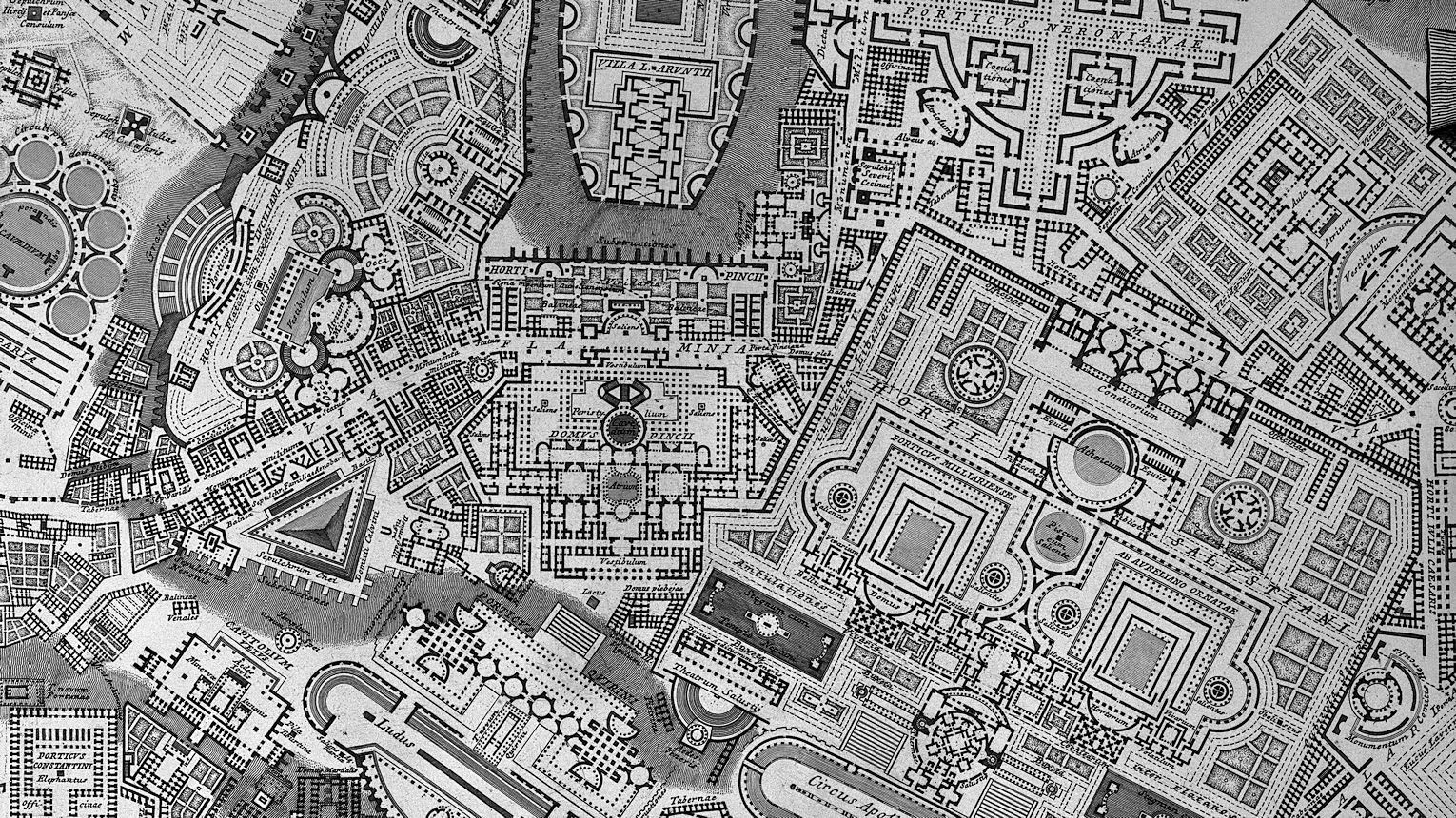piranesi |
1983 |
|
| In his challenging interpretation of Piranesi's Ichnographia, professor Tafuri considers that the artist intended this plan to be an implicit condemnation of the rationalism of the Enlightenment.19 In this respect there can surely be no disagreement if Laugier and his fellow rigoristi are regarded as the objects of the artist's attack: Where, however, it becomes difficult to follow professor Tafuri further is in his reading of a negative and, indeed, a destructive intention in the Ichnographia. In this particular interpretation of the architectural language of Piranesi's monumental plan, the artist is shown as deliberately creating a discordant system of design--a visual chaos resulting from geometric logic pushed to its ultimate extreme--in order to expose certain bourgeois values associated with rationalist architecture. Even if one were able to accept the connection between certain political values and the developing rationalist aesthetic in the contemporary architectural theories of Laugier and his successors, there are still insufficient grounds for disregarding Piranesi's conscious and unambiguously expressed aims in the Dedication of the Campo Marzio as well as in his other theoretical writings of the 1760s.20 |
|
|
19 M. Tafuri, G. B. Piranesi. L'Architettura come «Utopia Negativa», «Angelus Novus», cit., pp. 101-108.
|
|
|
|
|
|
Quondam © 2021.10.24 |
